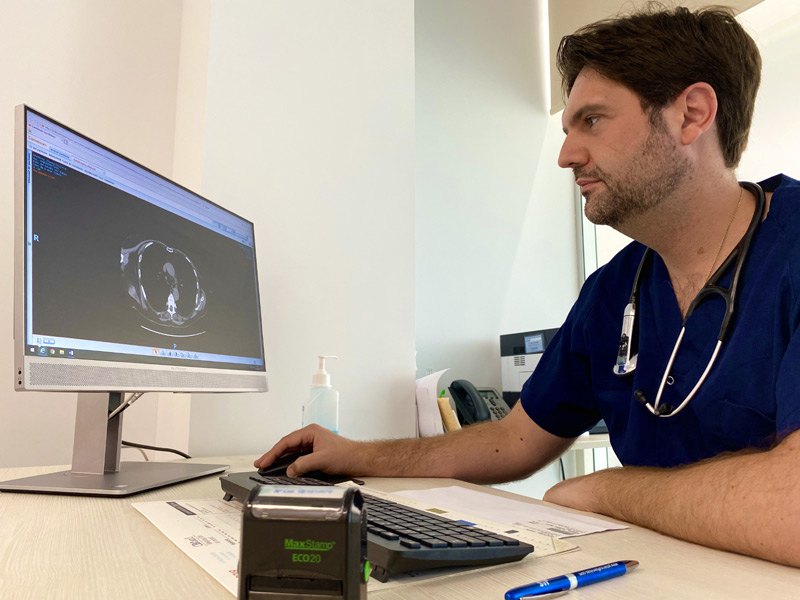Autoimmune and Systemic Diseases
Depending on where these “self-injuries” occur, inflammation will arise, and with it different physical signs or symptoms. These symptoms will define, along with specific analytical markers, imaging tests and sometimes biopsies, the autoimmune disease that we are facing.
More frequent
The most frequent autoimmune diseases are vasculitis (vascular inflammation), that affect mainly the skin, but also very vascularized internal organs (kidney), and connectivopathies (inflammation of the connective or cartilaginous tissue), which greatly affect the joints, but also the dermis and organs with high connective tissue content (kidney, heart, lungs, digestive system).

Dr. Julio Molina
Head of the Autoimmune and Systemic Diseases Unit of our medical team
The most frequent and known autoimmune diseases and connectivopathies are Systemic Lupus Erythematosus, Rheumatoid Arthritis, Temporal Arteritis or Scleroderma. The variability in the clinical presentation, with the simultaneous involvement of several organs or systems, as well as its slow and insidious onset, sometimes for months and years, make the diagnosis especially difficult, and they classically are diseases that are investigated and treated by the internist.





